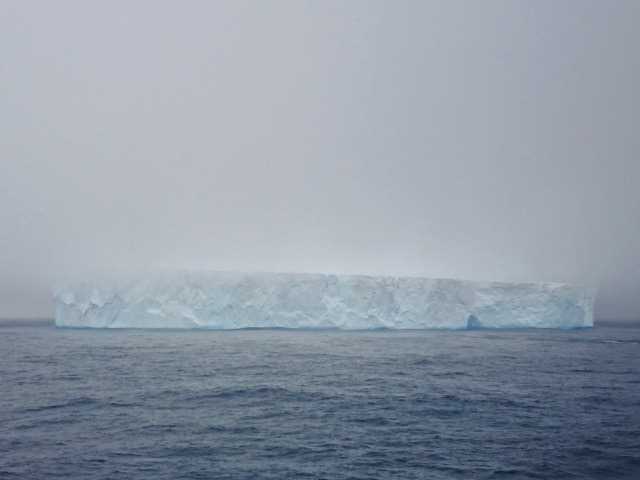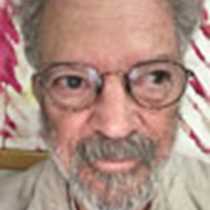This was our second day of cruising southward to reach our southernmost destination of the voyage. The seas were relatively calm. There were a few birds about. We had a busy day ahead. There were lectures that will help us prepare for what we will do and see. There were also mandatory briefings on “rules” of Antarctica as accepted by the Treaty Nations and the International Association Antarctic Tour Operators, of which Lindblad Expeditions is a member.
This morning, we were south of the Antarctic Convergence or Polar Front. This is unique to the southern part of world and is the somewhat fuzzy point at which cold southern waters meet warmer northern waters. It marks the boundary of the Southern Ocean, at least in my mind, Antarctica’s ocean. There is very little mixing of the northern and southern waters at the surface of the boundary. Where the water converges it sinks. There is a more than 10°F difference between the water temperatures and there is often a sea mist or fog that marks the sometimes relatively sharp or often defuse boundary.
The water races around the Antarctic continent in a mostly clockwise fashion. It is the largest water current in the world and it separates Antarctica and the Southern Ocean from the rest of the world. The seventh continent is a very special place, very different from any other continent. We cruised towards the Antarctic Circle and would cross it at about 2 a.m. when most of us were sound asleep. We will cross it again in two days, but we will not stop and turn around there. We will continue south to places people rarely go.
It was foggy now, a sort of magic. A bird appeared, then another. Then a huge, tabular iceberg, rectangular, bigger than a football field, higher than a tall house. Not a giant iceberg, some are dozens of miles long. Well, it suddenly appeared if you were not looking at the radar screen.







